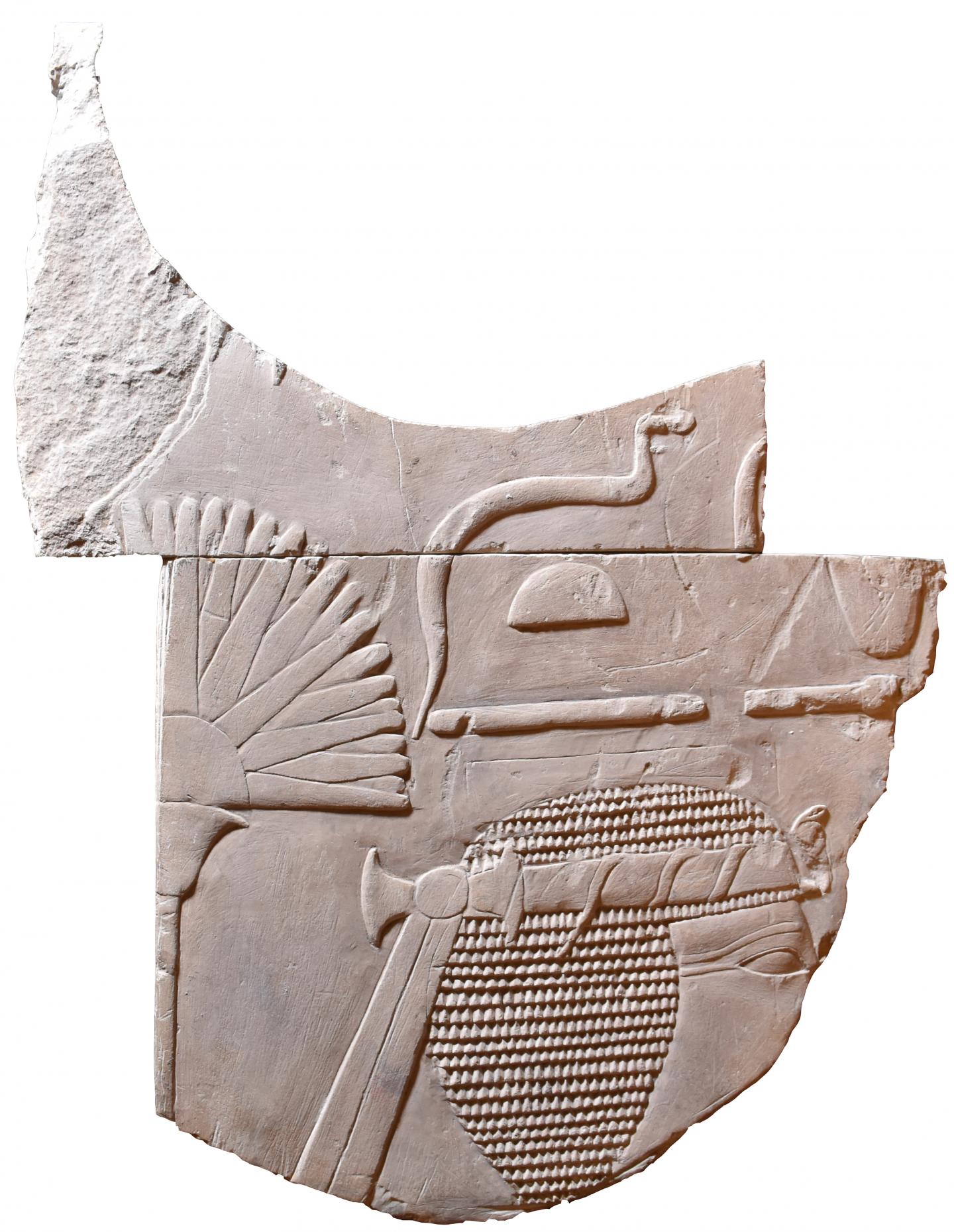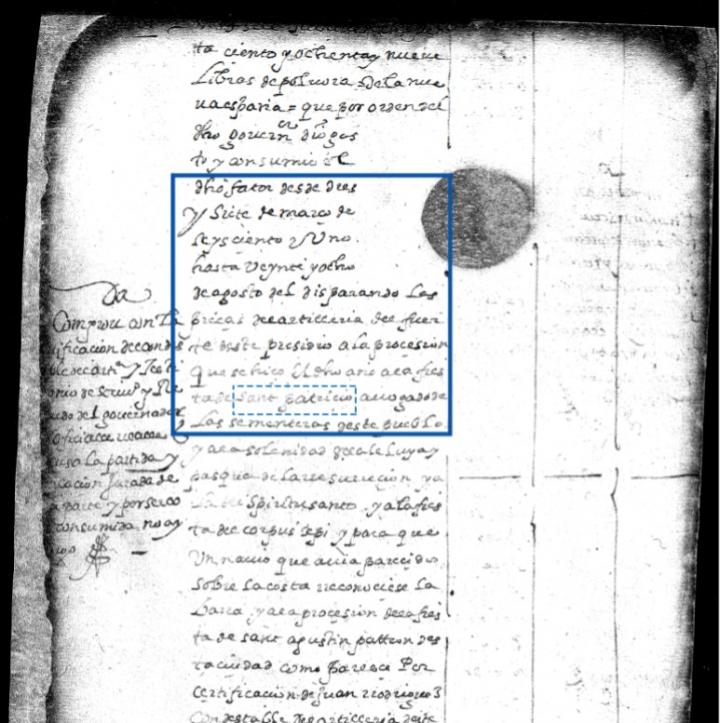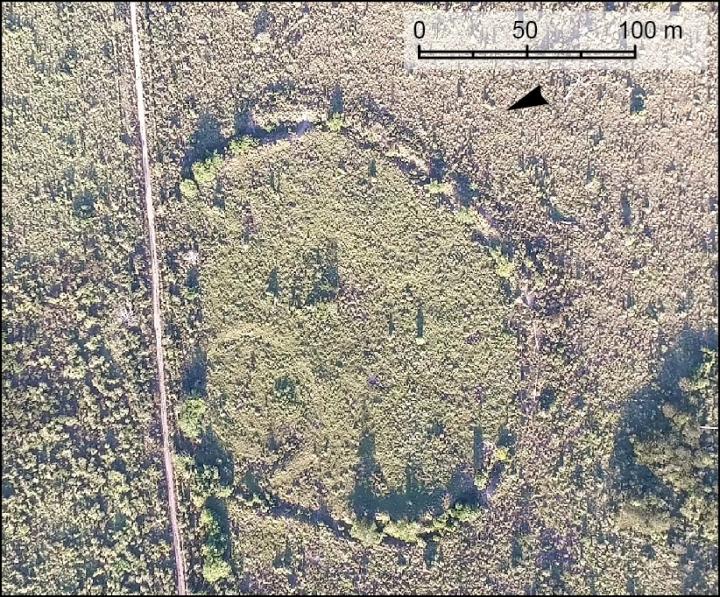One of the fascinating aspects of Hatshepsut is the change in how she was depicted in the monuments she constructed. In the early years she is depicted as feminine in dress and appearance, but as her reign went on she was shown in a more and more masculine fashion. Eventually her depictions show a full beard.
Tragically, it seems her grandson, Amenhotep II, defaced many of her monuments and began to claim her accomplishments as his own.
One of her carvings was chiselled away from a temple wall and eventually made it to Swansea University, where it was placed in the archives and forgotten about for many years.
As part of their undergraduate degree, Egyptology students are given the opportunity to handle historical artefact from the large archival collection. It was while discussing artefacts in this class that the lecturer, Dr Ken Griffin, saw the carvings and immediately recognised that it was more interesting than the original archivists had thought.
Dr Griffin is an expert in his subject, and has visited ancient Egyptian sites many times. He recognised the carving styles and techniques as being unique to the temple of Hatshepsut. In particular the hair and fan are carved in a very specific way.
 Curiously the top part of the image appears to be a fake, perhaps made by an art dealer. The stone itself seems to be authentic though, and there is a mysterious figure of a head carved on the back.
Students from the class were understandably excited to be part of the rediscovery of this fragment of history.
This is not the first time objects related to Hapshepsut have been found hidden in archives. A miniature hoe and rocker belonging to the pharaoh were discovered in Canada in 2016. As were stone blocks depicting her image on Elephantine Island.]]>
Curiously the top part of the image appears to be a fake, perhaps made by an art dealer. The stone itself seems to be authentic though, and there is a mysterious figure of a head carved on the back.
Students from the class were understandably excited to be part of the rediscovery of this fragment of history.
This is not the first time objects related to Hapshepsut have been found hidden in archives. A miniature hoe and rocker belonging to the pharaoh were discovered in Canada in 2016. As were stone blocks depicting her image on Elephantine Island.]]>







